
The Brands Doing Inclusivity Right and Why It Works
In today’s rapidly evolving market, inclusivity has moved from being a buzzword to a must-have in branding. With the growing demand for brands to reflect the diversity and complexities of modern society, inclusive practices have become a key driver of consumer engagement. Brands that embrace inclusivity are able to foster stronger connections with their audiences, creating lasting loyalty and support.
But what does inclusivity in branding really mean? It’s more than just using diverse imagery in advertisements, it’s about ensuring that all individuals, regardless of their race, gender, sexual orientation, or ability, feel seen, valued, and represented. The brands that do this right not only meet consumer expectations but also create a more authentic, loyal customer base.
This article explores the origins of these insecurities, offers strategies to overcome them, and provides guidance on fostering enduring confidence in your creative abilities.
The Significance of Inclusivity in Branding
Incorporating inclusivity into your brand’s identity is not just a feel-good move; it’s a strategic business decision that speaks volumes about your values. Inclusive branding practices resonate with diverse audiences, fostering a sense of belonging and loyalty. Today’s consumers, especially younger generations, expect brands to reflect the diversity of society, not just in their advertising but also in their products, services, and company culture.
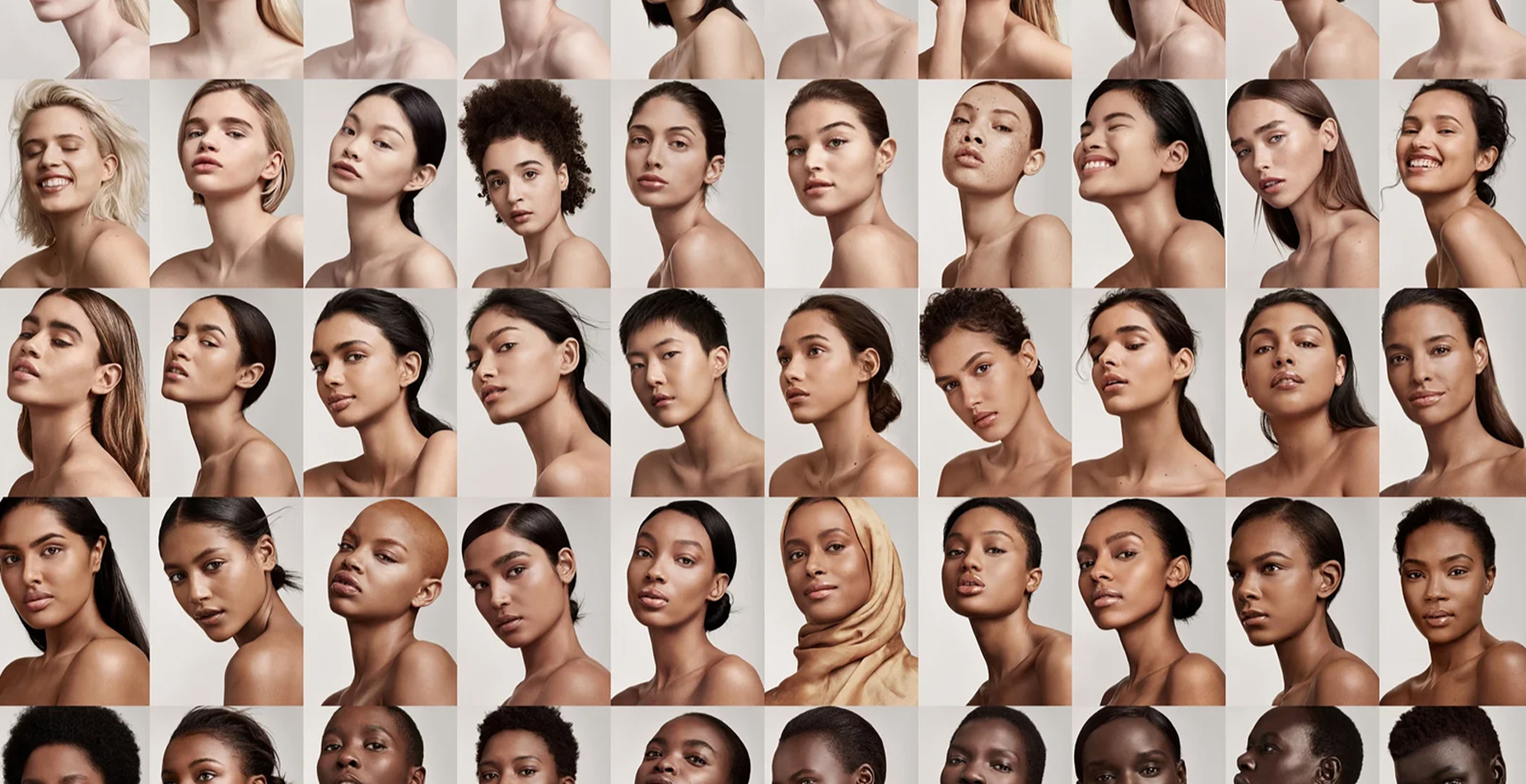
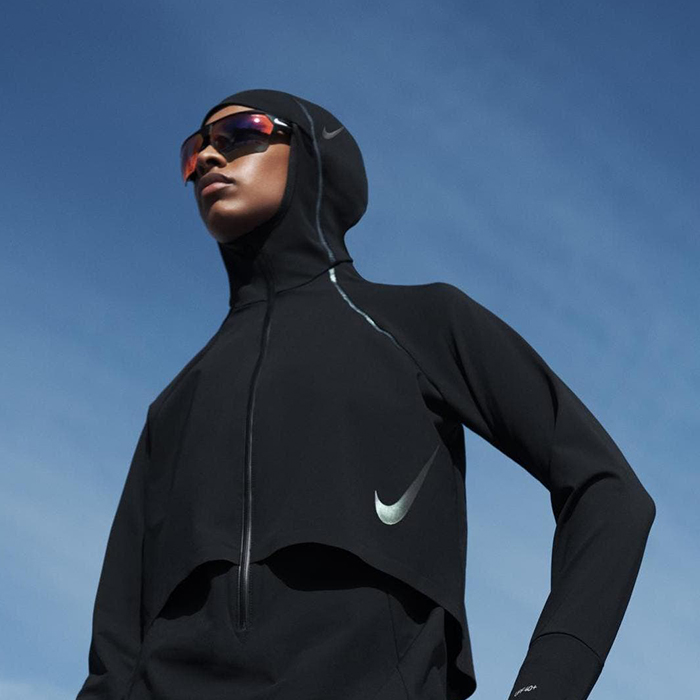
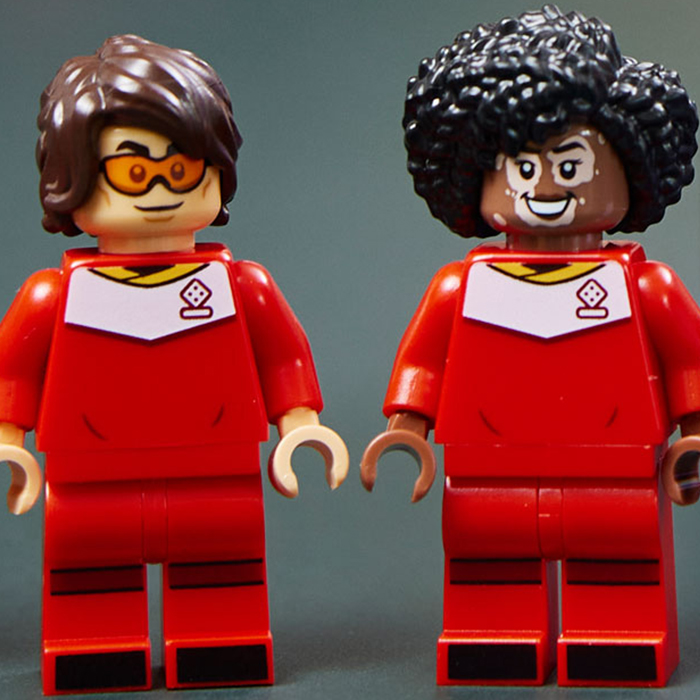
— Fenty Beauty
— Nike
— LEGO
Case Studies of Successful Inclusive Brands
Several brands have made inclusivity a central aspect of their business strategy. Let’s take a look at a few leaders in this space and how their inclusive practices have helped them succeed.
1. Fenty Beauty
When Rihanna launched Fenty Beauty in 2017, she disrupted the beauty industry with a groundbreaking approach: offering 40 different shades of foundation (later expanded to 50). This extensive shade range was designed to cater to women of all skin tones, addressing a major gap in the beauty industry where many darker skin tones were often overlooked. The message behind Fenty Beauty was clear—beauty is for everyone, and everyone deserves to feel represented.
The impact of Fenty’s inclusive approach was profound. Not only did it set new standards in the beauty industry, but it also generated significant consumer loyalty. By offering a product range that was accessible to a wide range of people, Fenty tapped into an underserved market, quickly becoming a top player in the beauty world.
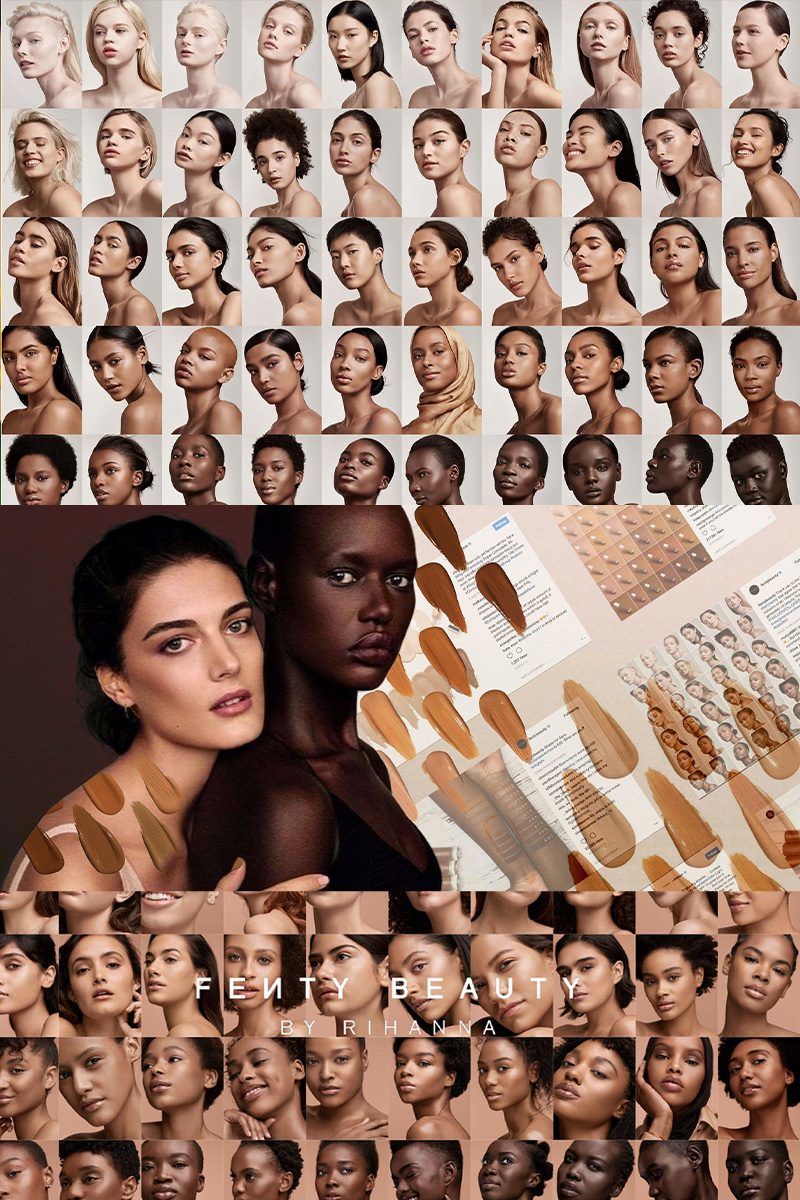
*
Key
Take-aways
Fenty Beauty’s extensive shade range wasn’t just a smart marketing move—it was a statement about diversity and inclusivity in an industry that had long been criticized for its lack of representation.
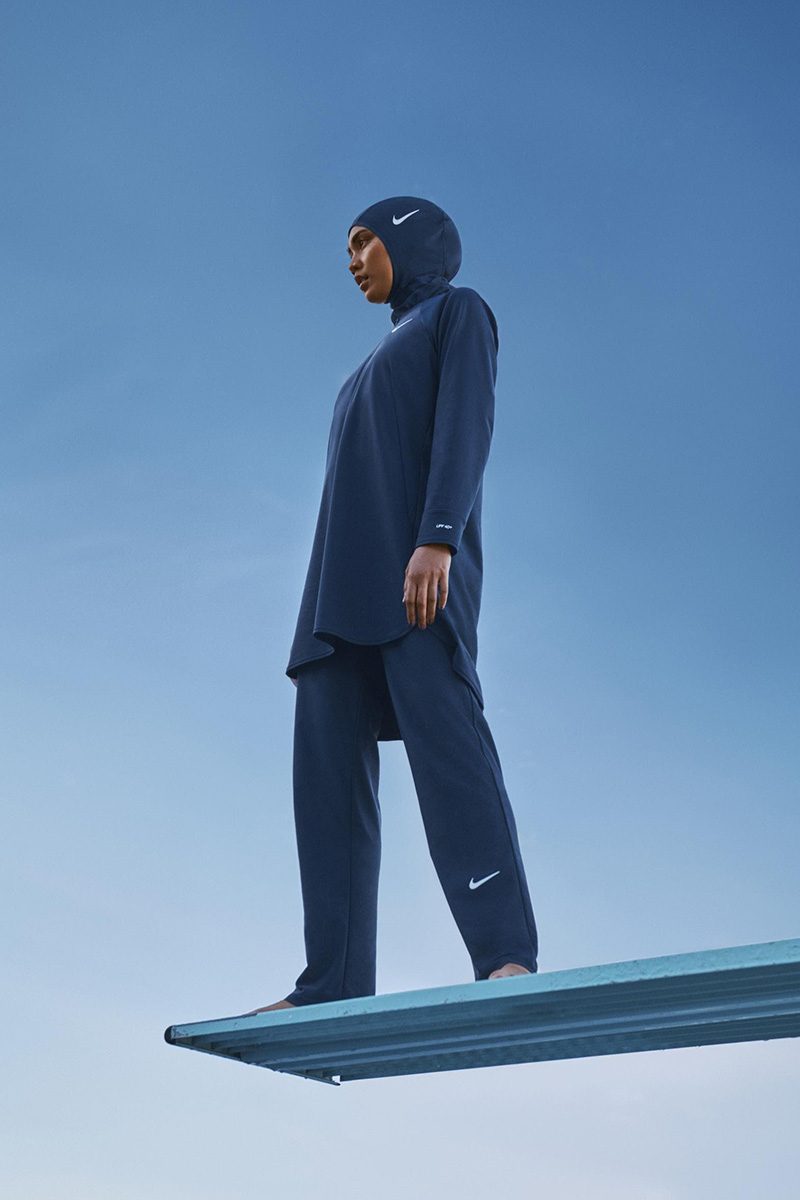
2. Nike
Nike has long been a leader in inclusivity, with initiatives like the Pro Hijab, designed specifically for Muslim women athletes. Launched in 2017, the Pro Hijab allowed athletes to compete comfortably while staying true to their cultural and religious beliefs. Nike also partners with athletes from diverse backgrounds, like Serena Williams and Colin Kaepernick, highlighting their support for marginalized groups.
*
Key
Take-aways
Nike’s inclusivity efforts extend far beyond their products. They engage with diverse communities through their messaging and partnerships, building a strong brand identity that is inclusive both in words and actions.
3. LEGO
LEGO, a brand known for its toys that inspire creativity, made a bold move towards inclusivity by introducing characters with disabilities. These new LEGO figures, which include a character in a wheelchair and another with a prosthetic limb, were designed to give children with disabilities the opportunity to see themselves reflected in their play. This move is a significant step forward in promoting representation in the toy industry, where children of all abilities often face underrepresentation.

*
Key
Take-aways
LEGO’s inclusive product lines highlight the brand’s dedication to creating an environment where all children, regardless of ability, feel represented, opening up the world of LEGO to a broader audience.
Strategies These Brands Employ
So, how have these brands managed to implement such successful inclusivity strategies? Let’s break down the key tactics they’ve used to make inclusivity a cornerstone of their branding.
Authentic Representation in Marketing Campaigns
These brands prioritize authentic representation by including people from various backgrounds, cultures, and identities in their marketing materials. Authentic representation goes beyond just casting a diverse range of models, it involves telling stories that reflect the lived experiences of different communities. This authenticity helps build trust and credibility with consumers.
Tip
When planning marketing campaigns, focus on creating narratives that include real people, real stories, and authentic voices. Avoid tokenism by making sure your representation is genuine and inclusive.
Inclusive Product Development
Successful inclusive brands go beyond marketing, they incorporate inclusivity into their product development. Whether it’s Fenty Beauty offering a diverse range of foundation shades or Nike creating athletic wear for Muslim women, these brands design their products with inclusivity in mind. They identify underserved audiences and develop products that meet their needs.
Tip
Think about the diverse needs of your audience when developing new products. Ask yourself: Are there underserved groups? How can you create something that speaks to them?
Engagement with Diverse Communities
Inclusive brands engage with diverse communities, not just in their marketing but also by seeking feedback and collaborating with these groups. Fenty Beauty, for instance, listened to the concerns of women with darker skin tones before launching their products, ensuring that their offerings met the needs of these consumers.
Tip
Make sure to listen to and collaborate with the communities you’re trying to serve. Engage with them directly through surveys, social media, and feedback sessions to ensure your brand truly reflects their needs and values.
Set Realistic Goals and Celebrate Small Wins
One of the reasons we feel “not enough” is that we set unrealistically high expectations for ourselves. We often want to complete a project perfectly and have it be an instant success. The reality is, creativity takes time. Break your projects down into smaller, more achievable goals, and celebrate every step along the way. This will help build confidence as you experience incremental growth.
Tip
Set weekly or monthly goals. Whether it’s sketching out a new idea, completing a rough draft, or experimenting with a new technique, focus on one step at a time.
The Impact of Inclusivity on Brand Success
Embracing inclusivity not only helps brands build stronger relationships with their customers but also contributes to their overall success. Here are some of the key benefits :
*Increased Customer Loyalty
When consumers feel that a brand genuinely understands them and reflects their experiences, they are more likely to become loyal customers. Inclusivity fosters a sense of connection, which drives long-term relationships and repeat business.
*Positive Public Relations and Brand Image
Brands that champion inclusivity are often seen in a positive light by the public. This can translate into media coverage, positive reviews, and greater consumer advocacy. In an age of social media, a brand’s stance on inclusivity can become a key factor in shaping its image and reputation.
*Broader Market Reach
By embracing inclusivity, brands can appeal to a broader audience. Consumers from different backgrounds and communities feel more inclined to support a brand that values diversity and makes them feel represented. This broadens a brand’s market reach, attracting new customers from diverse groups.

Inclusivity is not just a trend, it’s a business strategy that can drive long-term success.
Inclusivity is not just a trend, it’s a business strategy that can drive long-term success. Brands like Fenty Beauty, Nike, and LEGO have set the standard for how inclusivity can be successfully integrated into branding, product development, and marketing. By embracing diversity in all forms, these brands have not only captured the attention of consumers but also earned their trust and loyalty.
For brands looking to make a meaningful impact, the time to act is now. The future of branding is inclusive, and those who get it right will be positioned for lasting success. If you’re a brand that wants to foster deeper connections and drive growth, inclusivity isn’t just an option, it’s essential.
Remember, no one’s creative journey is without bumps in the road. Embrace the process, be kind to yourself, and most importantly, keep creating. You are enough, and your creativity deserves to be shared with the world.

Leave a Reply